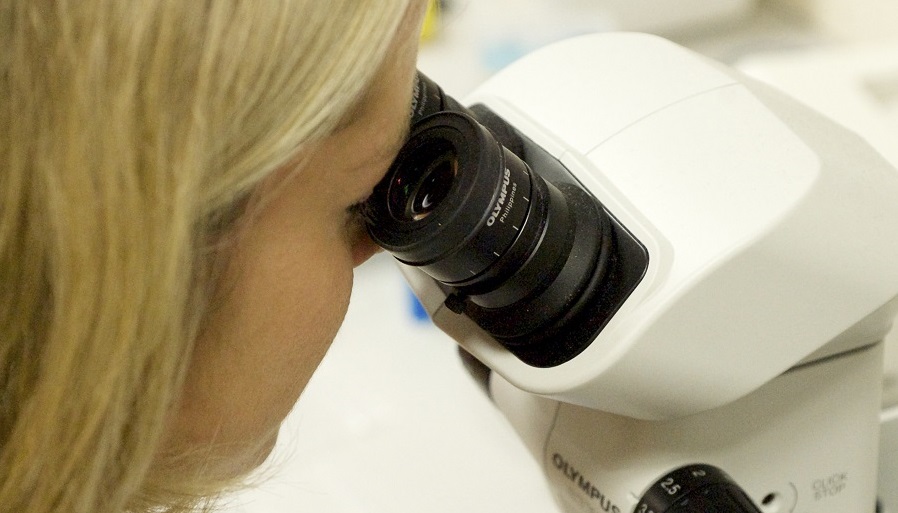 Guidelines on how to measure more accurately the involvement of women researchers in medical research have been published by a group of senior international academics led by the University of Oxford.
Guidelines on how to measure more accurately the involvement of women researchers in medical research have been published by a group of senior international academics led by the University of Oxford.
The paper sets out steps that should be taken to measure the under-representation of women in the growing field of international collaborative research and chart progress towards greater equity.
The paper states that, compared to men, women are under-represented among researchers and research participants; receive less funding and benefit less from the outcomes of studies.
It acknowledges the widespread view that gender should be given greater consideration when assessing the performance of university departments.
Based on a comprehensive review of the literature, the authors recommend that institutions systematically measure their efforts to reduce biases against women and create equality of opportunity.
The research was funded by the NIHR Oxford Biomedical Research Centre, a collaboration between the University and Oxford University Hospitals NHS Foundation Trust to fund research.
The paper’s recommendations include (full list in notes to editors):
- Funders of research: ensure applicants address gender equity in research design and analyses; commission research on the impact of gender equity on research and find ways to ensure gender equity is part of funding criteria.
- Research institutions: collect data on gender equity; include gender in assessments of the impact of research and incorporate gender equity in employee appraisals.
- Research evaluators: assess the impact of gender on research; investigate gender equity in research and its impact and analyse the impact of gender balanced teams.
In examining the reasons for under-representation of women, the paper describes how knowledge and practices are shaped predominantly by male perceptions and norms, which may be influenced by both conscious and unconscious gender bias.
Whilst there is great variety in individual leadership styles, overall women tend to have a less hierarchical and more collaborative approach to leadership – traits that can be very effective when managing collaborative research but which may not be valued in male-dominated organisations.
Promotion criteria in the scientific world may emphasise hierarchical leadership styles and hence unwittingly discriminate against women leaders.
Academic promotion and tenure criteria have also traditionally been based on a male-gendered career trajectory which requires full-time commitment at just the time women may be seeking a more flexible job arrangement to fit in with raising families. As society changes, these criteria may also discriminate against men who seek to share childcare, hence progress towards more ‘woman-friendly’ promotion criteria is also likely to benefit such men.
Less easily researched will be the problem of ‘backdoor hiring’ practices and the strong influence of gendered network ties (colloquially known as the ‘old boy network’), in academic recruitment and selection. Because such networks operate informally and subtly, documenting and addressing their biases will pose research challenges.

Professor Trish Greenhalgh, co-author on the paper (pictured above), said that the UK academic sector had made huge strides towards gender equality in the 30 years she had been working in it. She praised the efforts of The Department of Health’s Chief Medical Officer Professor Dame Sally Davies who has fought tirelessly to create incentives for higher education institutions to address gender inequalities.
Prof Greenhalgh said: “There is a widespread belief that the opportunities for women in academia has improved greatly over the past two decades, but there is remarkably little hard data to substantiate this claim – and indeed much controversy about what we should be measuring and how.
“I personally have benefited from family-friendly policies, and also lamented the lack of such policies in my early years as an academic.
“As part of the continuing move towards gender – and other forms of – equality in the academic workplace, it’s time to move from impressionistic and anecdotal evidence to hard metrics of progress, which will inform the debate on all sides.”